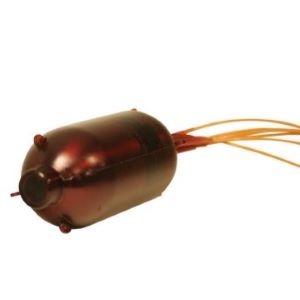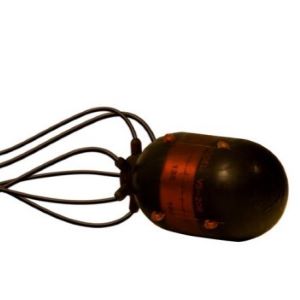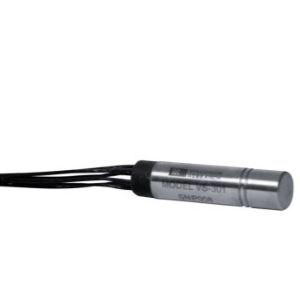
Vector sensors measure the acoustic pressure and particle acceleration in three orthogonal axes. Four sensing elements, located in a single housing with a common acoustic phase center, combine to produce a cardioid directivity pattern which provides approximately 4.8 dB improvement in the signal to noise ratio over a traditional omni-directional pressure sensor. In addition, engineering sensors are embedded within the housing and, when combined with acoustic sensors, can provide a bearing to the target.
Vector Sensor Products:



| Phone | 303-279-7797 |
|---|---|
| TollFree | 800-279-7796 |
| Fax | 303-278-9909 |
| Address | 1075 S Yukon St, Suite 100 Lakewood, CO 80226 |
Stay connected! Subscribe to our newsletter to stay up to date with all the latest products.